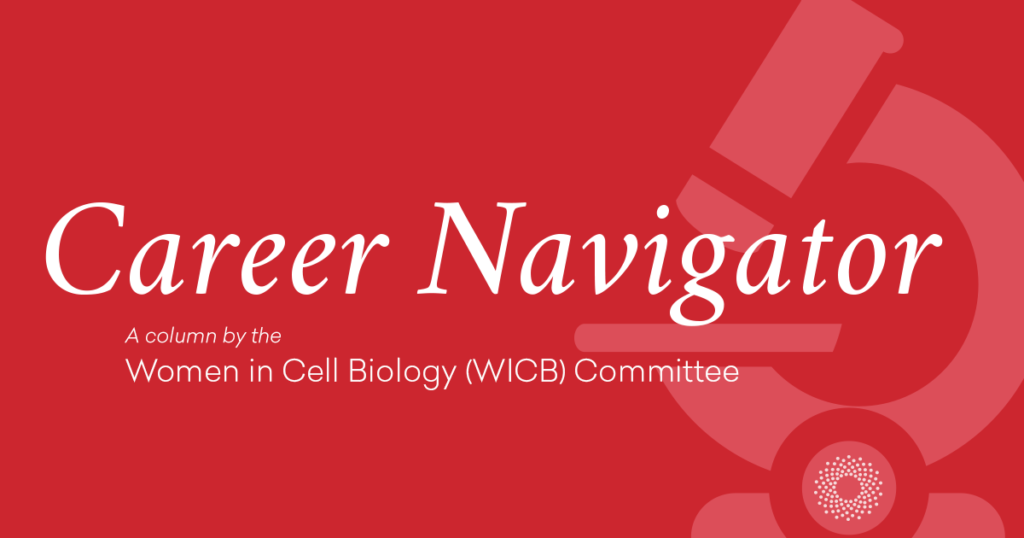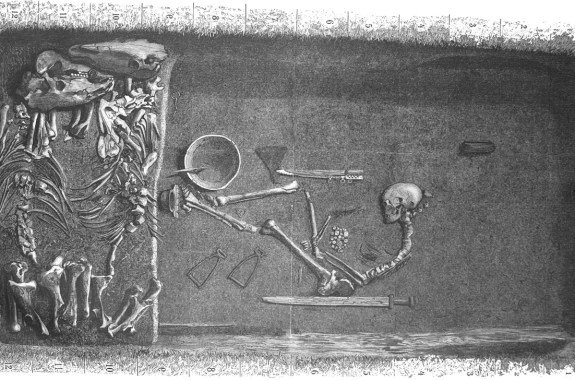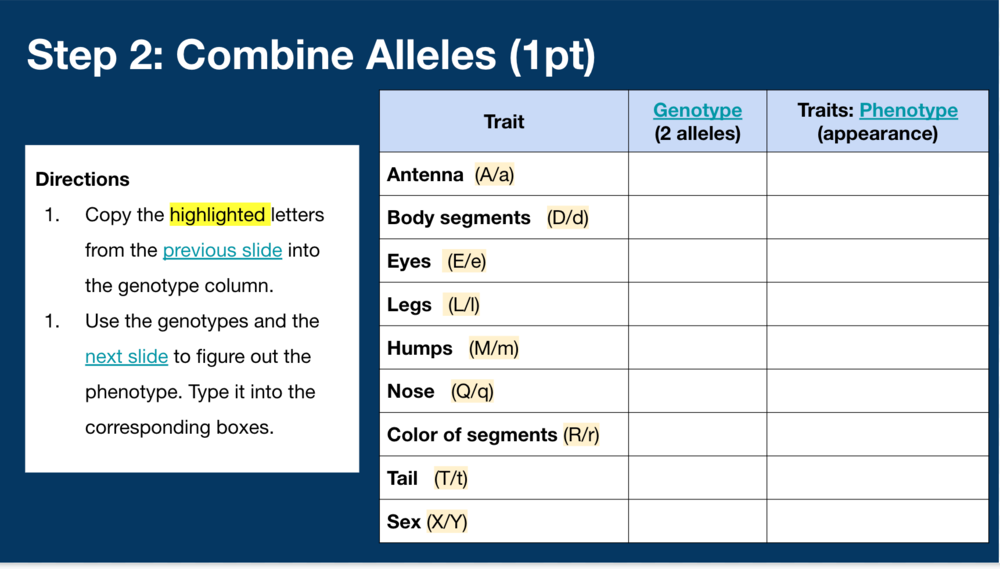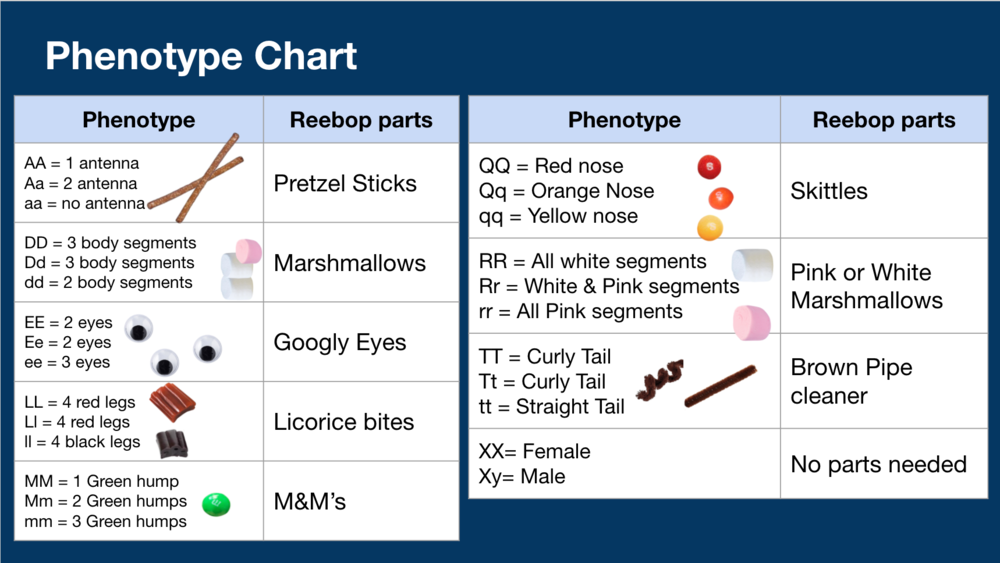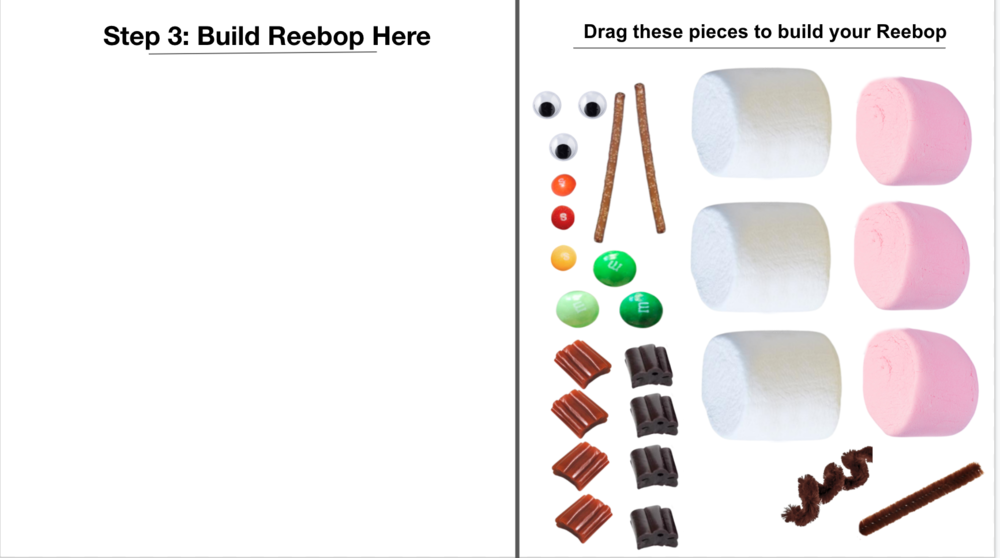Generating a framework for gender and sexual diversity-inclusive STEM education
Authors: Gary William Wright, Cesar Delgado
Published in: Science Education (Feb 5, 2023) at https://doi.org/10.1002/sce.21786
Abstract
Students who identify as LGBTQ continue to report feelings of being unsafe at school because of their sexual orientation, gender identity, and gender expression. Access to a gender and sexual diversity (GSD)-inclusive curriculum and supportive teachers may positively improve the school climate for LGBTQ students, but these supports are often not included in STEM classrooms. One response is to ensure that STEM teachers are prepared to integrate GSD-inclusive STEM teaching into their classrooms. This review systematically analyzed the literature on supporting and affirming GSD in K-12 and higher education STEM education contexts. The 81 selected studies were qualitatively analyzed using inductive thematic analysis and epistemic network analysis, and the findings showed that GSD-inclusive STEM education literature coheres around six highly related constructs: Heteronormativity, Social Justice, Epistemic Knowledge of Science and Inquiry, Identity, Embodiment, and GSD language. Identifying these constructs, and the connections among them, led to the generation of an operational framework of GSD-inclusive STEM teaching that can inform and guide STEM teacher education programs and STEM teacher professional development to develop STEM educators' equity literacy around GSD to foster bias-free, equitable, inclusive STEM classrooms.


